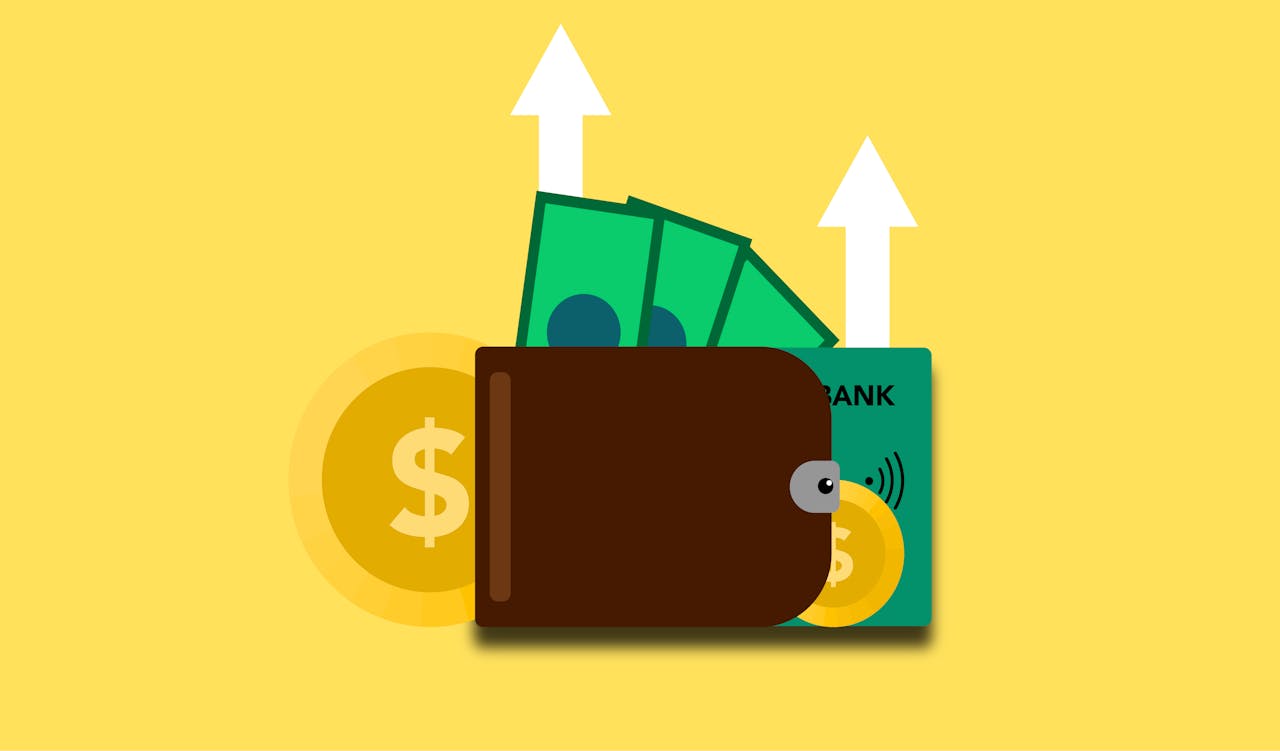Dealing with Student Loan Debt: Repayment Options and Forgiveness Programs
Student loan debt is a significant financial burden for many individuals. Understanding your repayment options and available forgiveness programs can help you manage and potentially reduce this debt. This guide provides an overview of strategies for dealing with student loan debt, covering various repayment plans, forgiveness programs, and additional tips to alleviate financial stress.


Understanding Your Student Loans
Types of Student Loans
- Federal Loans: Issued by the government, these loans include Direct Subsidized Loans, Direct Unsubsidized Loans, PLUS Loans, and Perkins Loans. They often offer more flexible repayment options and forgiveness programs.
- Private Loans: Issued by private lenders such as banks, credit unions, or financial institutions, these loans typically have higher interest rates and fewer repayment options.
Loan Terms and Interest Rates
- Interest Rates: Federal loans usually have fixed interest rates, while private loans can have fixed or variable rates. Understanding the interest rates on your loans is crucial for managing repayment.
- Grace Periods: Many federal loans offer a grace period (typically six months) after graduation before repayment begins, allowing time to secure employment.
Repayment Options for Federal Loans
Standard Repayment Plan
Description: Fixed monthly payments over 10 years.
Pros: Pays off the loan quickly and accrues less interest over time.
Cons: Higher monthly payments compared to other plans.
Graduated Repayment Plan
Description: Starts with lower payments that gradually increase every two years.
Pros: Payments start low, which can help during the initial years of your career.
Cons: You’ll pay more in interest over the life of the loan compared to the standard plan.
Income-Driven Repayment Plans
- Income-Based Repayment (IBR): Payments are 10-1% of your discretionary income. Remaining balance forgiven after 20-2 years.
- Pay As You Earn (PAYE) and Revised Pay As You Earn (REPAYE): Payments are 10% of your discretionary income. PAYE offers forgiveness after 20 years, while REPAYE offers forgiveness after 20-2 years depending on whether the loans were for undergraduate or graduate studies.
- Income-Contingent Repayment (ICR): Payments are the lesser of 20% of discretionary income or fixed payments over 12 years. Forgiveness after 2 years.
Extended Repayment Plan
Description: Fixed or graduated payments over 2 years.
Pros: Lower monthly payments.
Cons: Higher total interest paid over the life of the loan.
Loan Forgiveness Programs
Public Service Loan Forgiveness (PSLF)
- Eligibility: Available to borrowers who work full-time in qualifying public service jobs (government or non-profit organizations) and have made 120 qualifying payments under a qualifying repayment plan.
- Forgiveness: Remaining loan balance is forgiven after 10 years of qualifying payments.
Teacher Loan Forgiveness
- Eligibility: Full-time teachers working in low-income schools or educational service agencies for five consecutive years.
- Forgiveness: Up to $17,00 in Direct or FFEL Subsidized and Unsubsidized Loans.
Perkins Loan Cancellation and Discharge
- Eligibility: Available to borrowers who work in certain public service jobs (teachers, nurses, law enforcement, etc.).
- Forgiveness: Up to 100% of the loan may be canceled over five years of qualifying service.
Income-Driven Repayment Forgiveness
- Eligibility: Available to borrowers enrolled in an income-driven repayment plan.
- Forgiveness: Remaining loan balance forgiven after 20-2 years of qualifying payments.
Repayment Options for Private Loans
Refinancing
Description: Consolidate one or more loans into a new loan with a potentially lower interest rate.
Pros: Can reduce interest rates and monthly payments, and simplify repayment with a single loan.
Cons: You may lose federal loan benefits and protections.
Negotiating with Lenders
Description: Contact your lender to discuss hardship options, such as temporary forbearance or modified payment plans.
Pros: Can provide temporary relief during financial hardship.
Cons: May result in increased interest or fees.
Additional Tips for Managing Student Loan Debt
Budgeting and Financial Planning
- Create a Budget: Track your income and expenses to ensure you can make your loan payments. Prioritize loan payments in your monthly budget.
- Emergency Fund: Build an emergency fund to cover unexpected expenses, reducing the risk of missing loan payments.
Increasing Your Income
- Part-Time Jobs: Consider part-time work or freelance opportunities to increase your income.
- Career Advancement: Invest in your career through additional education, certifications, or skills training to increase your earning potential.
Utilizing Employer Assistance
- Employer Repayment Programs: Some employers offer student loan repayment assistance as part of their benefits package. Check with your employer to see if this is available.
Staying Informed
- Keep Up with Policy Changes: Stay informed about changes in student loan policies and programs that could affect your repayment options and forgiveness opportunities.
- Seek Professional Advice: Consider consulting a financial advisor who specializes in student loans for personalized guidance.


Managing student loan debt can be daunting, but understanding your repayment options and available forgiveness programs can significantly ease the burden. By choosing the right repayment plan, exploring forgiveness opportunities, and adopting effective financial strategies, you can take control of your student loan debt and work towards financial stability. Remember, you’re not alone—there are resources and support available to help you navigate this challenging journey.












